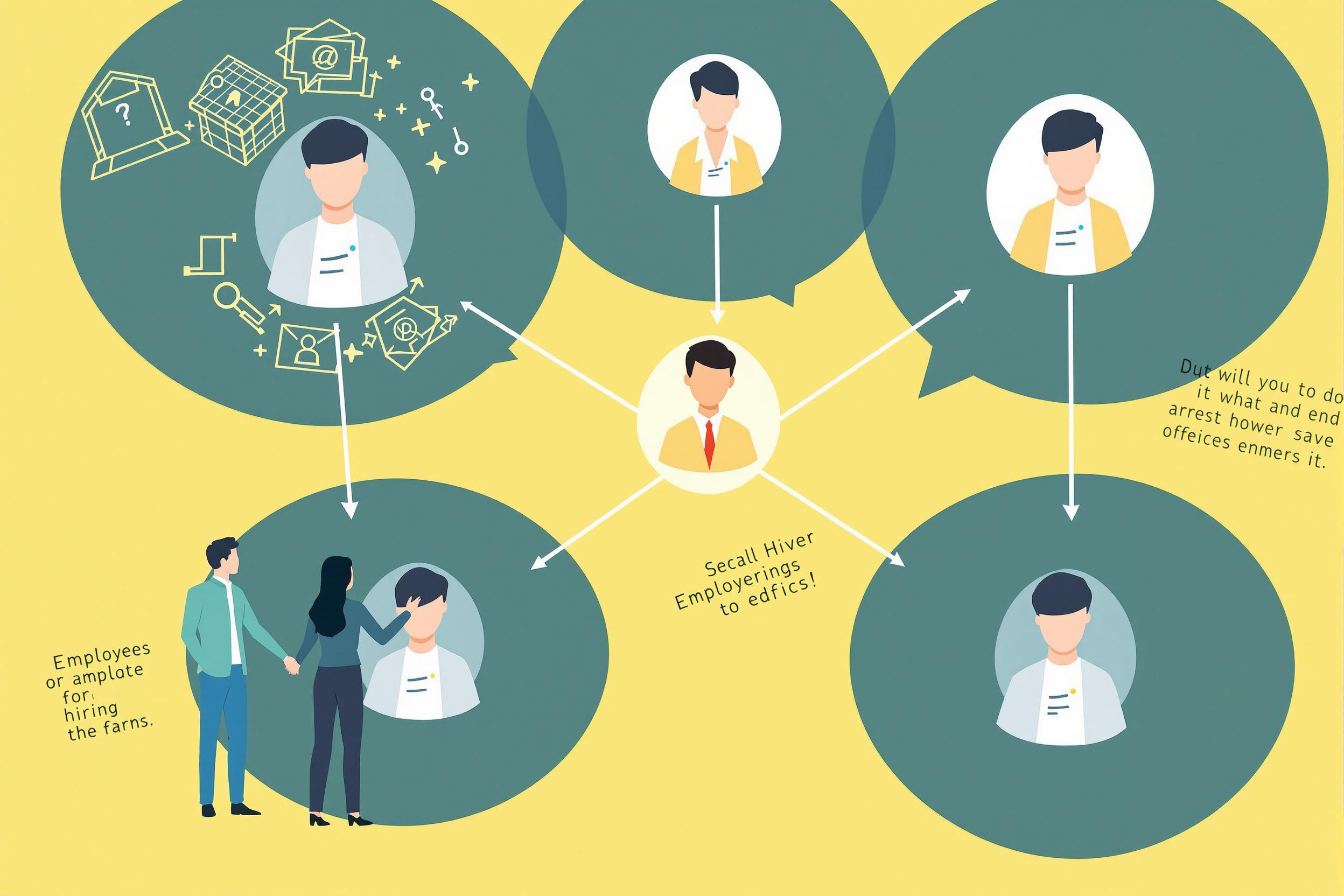
Blind Side
A Blind Side refers to a waterproofing method used on the external side of foundation walls that cannot be accessed from the outside after construction is complete. This is typically done during new construction, before backfilling the soil against the foundation. The term comes from the fact that once the building is complete, this side of the wall is "blind" or no longer visible. It's a crucial part of basement and foundation waterproofing that helps prevent water damage and moisture problems in buildings.
Examples in Resumes
Completed over 50 Blind Side waterproofing projects for new commercial buildings
Supervised Blind Side membrane installation teams on major construction sites
Certified in Blind Side and pre-applied waterproofing systems for foundation walls
Typical job title: "Waterproofing Specialists"
Also try searching for:
Where to Find Waterproofing Specialists
Professional Associations
Job Boards
Industry Networks
Example Interview Questions
Senior Level Questions
Q: How do you handle quality control for a large blind side waterproofing project?
Expected Answer: A senior specialist should discuss inspection methods, testing procedures, documentation processes, and coordination with other trades to ensure proper installation before backfilling.
Q: What factors do you consider when selecting a blind side waterproofing system?
Expected Answer: They should mention soil conditions, water table levels, building use, budget constraints, and warranty requirements as key factors in system selection.
Mid Level Questions
Q: What are common mistakes to avoid in blind side waterproofing installation?
Expected Answer: Should discuss proper surface preparation, membrane overlap requirements, protection during backfill, and common installation errors to avoid.
Q: How do you ensure proper drainage systems with blind side waterproofing?
Expected Answer: Should explain integration with drainage boards, proper installation of protection courses, and coordination with plumbing systems.
Junior Level Questions
Q: What basic tools are needed for blind side waterproofing installation?
Expected Answer: Should list essential tools like rollers, brushes, cutting tools, and basic safety equipment needed for installation.
Q: What are the basic steps in preparing a surface for blind side waterproofing?
Expected Answer: Should describe cleaning requirements, checking for proper concrete cure, and basic surface preparation steps.
Experience Level Indicators
Junior (0-2 years)
- Basic waterproofing application techniques
- Understanding of safety procedures
- Tool and equipment operation
- Surface preparation
Mid (2-5 years)
- Complete system installation
- Quality control procedures
- Project coordination
- Problem identification and solving
Senior (5+ years)
- Project management
- Team supervision
- Complex installation oversight
- Quality assurance management
Red Flags to Watch For
- No knowledge of basic waterproofing principles
- Lack of safety certification or awareness
- Unable to explain proper membrane installation
- No experience with quality control procedures
Need more hiring wisdom? Check these out...

Resume Screening Reinvented: 9 Unconventional Strategies to Discover Top Talent Hidden in Plain Sight

Lost in Translation? How a Hybrid Mentorship Database Bridges Cross-Regional Talent

Changing Careers: A Recruiter's Inside View

